Vicenza Churches – Chiese di Vicenza
- Maria Scuor
- May 10, 2024
- 9 min read
Italiano in ogni sezione

Like all cities and even little towns in Italy, there are many churches in Vicenza. Today I will review three that we had the pleasure of seeing while visiting Vicenza. All three are part of the UNESCO World Heritage Sites.
The first is Church of Saint Maria dei Servi, also known as Santa Maria in Foro. It is located in Piazza Biada next to Piazza dei Signori and the original 14th century church was rebuilt between 1407 and 1425 by the order of the Servants of Mary. The portal or door of the church was created by the company that Andrea Palladio started his career at and is believed to be one of his first works. The façade was built in the 17th century and statues of Marinali and Calvi were added.
The interior has three naves with cross vaults supported by ribs and the two parts of the church is composed can be clearly seen. The first part which dates back to 1407, goes from the presbytery and the chapels to the two-faced pillar. The second which dates back to 1490, goes from the two-faced pillar to the entrance wall.
The church was governed by the Servants of Mary until 1788, then used as a military warehouse for Napoleon’s soldiers in 1797 and it wasn’t until 1810 that it began to be used as a church again when the parish of San Michele was transferred here. The original San Michele church built in 1264 was entrusted to the Augustinians but then destroyed in 1812. The church was rich in altarpieces which are now in this church.
Here is a TikTok video and photos of this quant little church - Here is a TikTok video and photos of this quant little church
Come tutte le città e anche i piccoli paesi d'Italia, anche a Vicenza ci sono molte chiese. Oggi ne recensirò tre che abbiamo avuto il piacere di vedere durante la visita a Vicenza. Tutti e tre fanno parte dei patrimoni dell'umanità dell'UNESCO.
La prima è la Chiesa di Santa Maria dei Servi, conosciuta anche come Santa Maria in Foro. Si trova in Piazza Biada accanto a Piazza dei Signori e l'originale chiesa del XIV secolo fu ricostruita tra il 1407 e il 1425 per ordine dei Servi di Maria. Il portale o porta della chiesa è stato realizzato dalla ditta in cui Andrea Palladio ha iniziato la sua carriera e si ritiene che sia una delle sue prime opere. La facciata fu costruita nel XVII secolo e furono aggiunte le statue di Marinali e Calvi.
L'interno è a tre navate con volte a crociera sorrette da costoloni e ben visibili le due parti della chiesa composte. La prima parte, che risale al 1407, va dal presbiterio e dalle cappelle al pilastro bifronte. La seconda, che risale al 1490, va dal pilastro bifronte alla parete d'ingresso.
La chiesa fu governata dai Servi di Maria fino al 1788, poi adibita a magazzino militare per i soldati di Napoleone nel 1797 e solo nel 1810 ricominciò ad essere utilizzata come chiesa quando vi fu trasferita la parrocchia di San Michele. L'originaria chiesa di San Michele, costruita nel 1264, fu affidata agli Agostiniani ma poi distrutta nel 1812. La chiesa era ricca di pale d'altare che ora si trovano in questa chiesa.
Saint Maria Annunciata Cathedral
Next was Saint Maria Annunciata Cathedral which we only had the pleasure of observing the external building as it was closed to the public the day we visited. It is believed there was a place of worship at this site around the 3rd century. Then around 600, Oronzio, the first bishop of Vicenza, replaced this and a few other buildings with a large building that had three naves.
Over the years, an earthquake, wars and lack of funding caused it to not be finished for many centuries. Only the façade survived the bombing of World War II; the rest of the present building has been reconstructed. The façade is Gothic and attributed to Domenico da Venezia 16th century.
The dome started to be built in 1540 but it wasn’t until 1557 that the City of Vicenza had finances to continue the work. Andrea Palladio drew up the new designs which were executed in two phases and the dome was finally constructed in 1566.
The bell tower is detached from the church and rests on a 10th century stone base. The bell tower dates back to the 12th century and has five bells. The main bell is authentic cast in Vicenza in 1681 by renowned foundryman Antonio De Maria. The bell tower was restored to its current appearance in 1995-98.
As stated, we didn’t see the inside but I have taken some photos from the internet to show what it looks like in there. It is of Gothic style, with a single covered nave with side chapels and covered with a cross vault. The apse and the main alter are decorated by valuable masterpieces. There are five chapels on the left of the nave and four on the right. In the basement there are remains of a road from the Roman era and notable parts of the basilicas of 8th and 11th centuries.
Here is a TikTok video and photos of the outside of the cathedral – Ecco un video TikTok e foto dell’esterno dello duomo
Here are photos taken from the following photographers - Ecco le foto scattate dai seguenti fotografi: Di Didier Descouens and Di Geobia
Links to their photos on each picture - Collegamenti alle loro foto su ogni immagine
Duomo Santa Maria Annunciata
Poi c'è stata la Cattedrale di Santa Maria Annunciata, di cui abbiamo avuto il piacere di osservare solo l'edificio esterno in quanto era chiuso al pubblico il giorno della nostra visita. Si ritiene che ci fosse un luogo di culto in questo sito intorno al 3 ° secolo. Poi, intorno al 600, Oronzio, primo vescovo di Vicenza, sostituì questo e pochi altri edifici con un grande edificio a tre navate.
Nel corso degli anni, un terremoto, guerre e mancanza di fondi hanno fatto sì che non fosse terminato per molti secoli. Solo la facciata è sopravvissuta ai bombardamenti della seconda guerra mondiale; Il resto dell'edificio attuale è stato ricostruito. La facciata è gotica e attribuita a Domenico da Venezia del XVI secolo.
La costruzione della cupola iniziò nel 1540, ma fu solo nel 1557 che il Comune di Vicenza ebbe le finanze per continuare i lavori. Andrea Palladio elaborò i nuovi progetti che furono eseguiti in due fasi e la cupola fu finalmente costruita nel 1566.
Il campanile è staccato dalla chiesa e poggia su un basamento in pietra del X secolo. Il campanile risale al XII secolo e presenta cinque campane. La campana maggiore è autenticamente fusa a Vicenza nel 1681 dal celebre fonditore Antonio De Maria. Il campanile è stato riportato all'aspetto attuale nel 1995-98.
Come detto, non abbiamo visto l'interno, ma ho scattato alcune foto da internet per mostrare come appare lì dentro. E' di stile gotico, con un'unica navata coperta con cappelle laterali e coperta da volta a crociera. L'abside e l'altare maggiore sono decorati da pregevoli capolavori. Ci sono cinque cappelle a sinistra della navata e quattro a destra. Nel seminterrato si trovano i resti di una strada di epoca romana e parti notevoli delle basiliche dell'VIII e XI secolo.
Sanctuary of the Madonna of Monte Berico
Our final stop of the day was a drive up to Monte Berico which is about 3 km from the historic center of Vicenza and an 8-minute drive up 124 meter above sea level. Here sits the Sanctuary of the Madonna of Monte Berico (Basilica di S. Maria di Monte Berico). When you drive up the windy road and get to the top, there is a large parking lot and when you get out of the car you see the spectacular view of Vicenza below and incredible grandeur of the sanctuary.
The sanctuary is made up of two churches. The first from the 15th century Gothic style and the second is a basilica from the 17th century in baroque style. The story goes that the first church was built because a peasant girl named Vincenza Pasini saw two apparitions (ghost like image) of the Madonna. At the time in Veneto, people and the economy had been suffering from a terrible plague for years.
According to tradition, the Blessed Virgin appeared to Vincenza first in 1426 and the second time in 1428. The Madonna promised that if the people of Vincenza built a church on top of the hill, she would rid them of the plague. The first time Vincenza wasn’t able to convince the people. But the second time the people built a small rectangular church in three months and the plague ceased. The altar with the image of the Madonna was placed against the wall, at the place the apparitions were believed to have occurred. It is where the image is still venerated today.
In 1435, the Servants of Mary were entrusted the church and monastery. They soon completed the convent, added the cloister, guest quarters, the infirmary and the bell tower. The municipal resolution of 1529 made this location more solemn. The sanctuary attracted numerous donations and bequests which allowed it to be extended towards the slope of the city and the main façade was built and opened.
During the plague of the 17th century, the Vincenza city council proposed an oblation to the Virgin of Monte Berico, to beg her for mercy from this new plague and wars. Once the plague stopped, the leaders of the Municipality in agreement with the Servites decided to enlarge the temple between 1688 and 1703. The porticoes were added in 1780, with 140 arches representing the Old Rosary, and every ten arches, there is a chapel for the individual Mysteries of the Rosary.
The management of the sanctuary changed hands several time from until 1835, when it was reconstituted as a convent. Pope Pius elevated the church to minor basilica in 1904. Piazzale della Vittoria, is the square in front of the basilica and was dedicated in 1924. From here is the parking lot that gives you amazing views of the city below. A vast circular cement railing circles around the large open balcony, which looks over the city. What is very cool is that on top of the railings are markers that point out well-known cities and panoramic views. One of the best-known views is of Monte Grappa.
Since 1978, the Madonna of Monte Berico has been the patron saint of the city of Vicenza and its diocese. The interior of the basilica is full of works of art by important artists including the Pieta by Bartolomeo Montagna in early 16th century.
This is an absolutely stunning church from the exterior with extraordinary views and grandiose buildings to an interior that has so much to look at that you could be there for days.
Views from Monte Berico - Vista da Monte Berico
External pictures of Monte Berico - Immagini esterne di Monte Berico
Inside Basilica di S. Maria di Monte Berico - All'interno della Basilica
Santuario della Madonna di Monte Berico
La nostra ultima tappa della giornata è stata un viaggio in auto fino al Monte Berico che dista circa 3 km dal centro storico di Vincenza e 8 minuti di auto fino a 124 metri sul livello del mare. Qui si trova il Santuario della Madonna di Monte Berico (Basilica di S. Maria di Monte Berico). Quando si percorre la strada tortuosa e si arriva in cima, c'è un ampio parcheggio e quando si scende dall'auto si vede la vista spettacolare di Vicenza sottostante e l'incredibile imponenza del santuario.
Il santuario è costituito da due chiese. La prima in stile gotico del XV secolo e la seconda è una basilica del XVII secolo in stile barocco. La storia narra che la prima chiesa fu costruita perché una contadina di nome Vincenza Pasini vide due apparizioni (immagine simile a un fantasma) della Madonna. All'epoca in Veneto la popolazione e l'economia soffrivano da anni di una terribile pestilenza.
Secondo la tradizione, la Beata Vergine apparve a Vincenza prima nel 1426 e la seconda volta nel 1428. La Madonna promise che se i vincenziani avessero costruito una chiesa in cima alla collina, li avrebbe liberati dalla peste. La prima volta Vincenza non riuscì a convincere la gente. Ma la seconda volta il popolo costruì una piccola chiesa rettangolare in tre mesi e la peste cessò. L'altare con l'immagine della Madonna era addossato al muro, nel luogo in cui si credeva fossero avvenute le apparizioni. È qui che l'immagine è venerata ancora oggi.
Nel 1435 ai Servi di Maria furono affidati la chiesa e il monastero. Ben presto completarono il convento, aggiunsero il chiostro, la foresteria, l'infermeria e il campanile. La delibera comunale del 1529 rese più solenne questa località. Il santuario attirò numerose donazioni e lasciti che ne permisero l'estensione verso il pendio della città e la facciata principale fu costruita e aperta.
Durante la peste del XVII secolo, il consiglio comunale di Vicenza propose un'oblazione alla Vergine di Monte Berico, per implorarla misericordia da questa nuova peste e dalle guerre. Cessata la peste, i vertici del Comune, d'accordo con i Serviti, decisero di ampliare il tempio tra il 1688 e il 1703. I portici sono stati aggiunti nel 1780, con 140 archi che rappresentano il Rosario Vecchio, e ogni dieci archi, c'è una cappella per i singoli Misteri del Rosario.
La gestione del santuario passò di mano più volte fino al 1835, quando fu ricostituito come convento. Papa Pio XII elevò la chiesa a basilica minore nel 1904. Piazzale della Vittoria, è la piazza antistante la basilica e fu dedicata nel 1924. Da qui si accede al parcheggio che regala una vista mozzafiato sulla città sottostante. Una vasta ringhiera circolare in cemento circonda il grande balcone aperto, che si affaccia sulla città. La cosa molto interessante è che in cima alle ringhiere ci sono indicatori che indicano città famose e viste panoramiche. Uno dei panorami più noti è quello del Monte Grappa.
Dal 1978 la Madonna di Monte Berico è patrona della città di Vicenza e della sua diocesi. L'interno della basilica è ricco di opere d'arte di importanti artisti tra cui la Pietà di Bartolomeo Montagna all'inizio del XVI secolo.
Questa è una chiesa assolutamente sbalorditiva dall'esterno con viste straordinarie ed edifici grandiosi a un interno che ha così tanto da guardare che potresti stare lì per giorni.

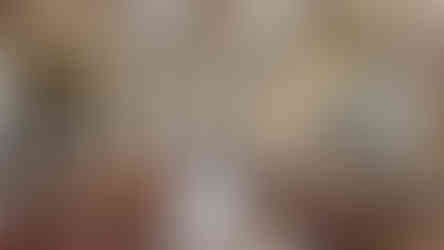







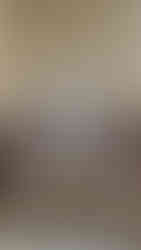





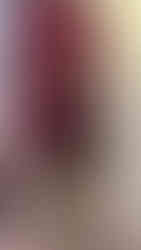

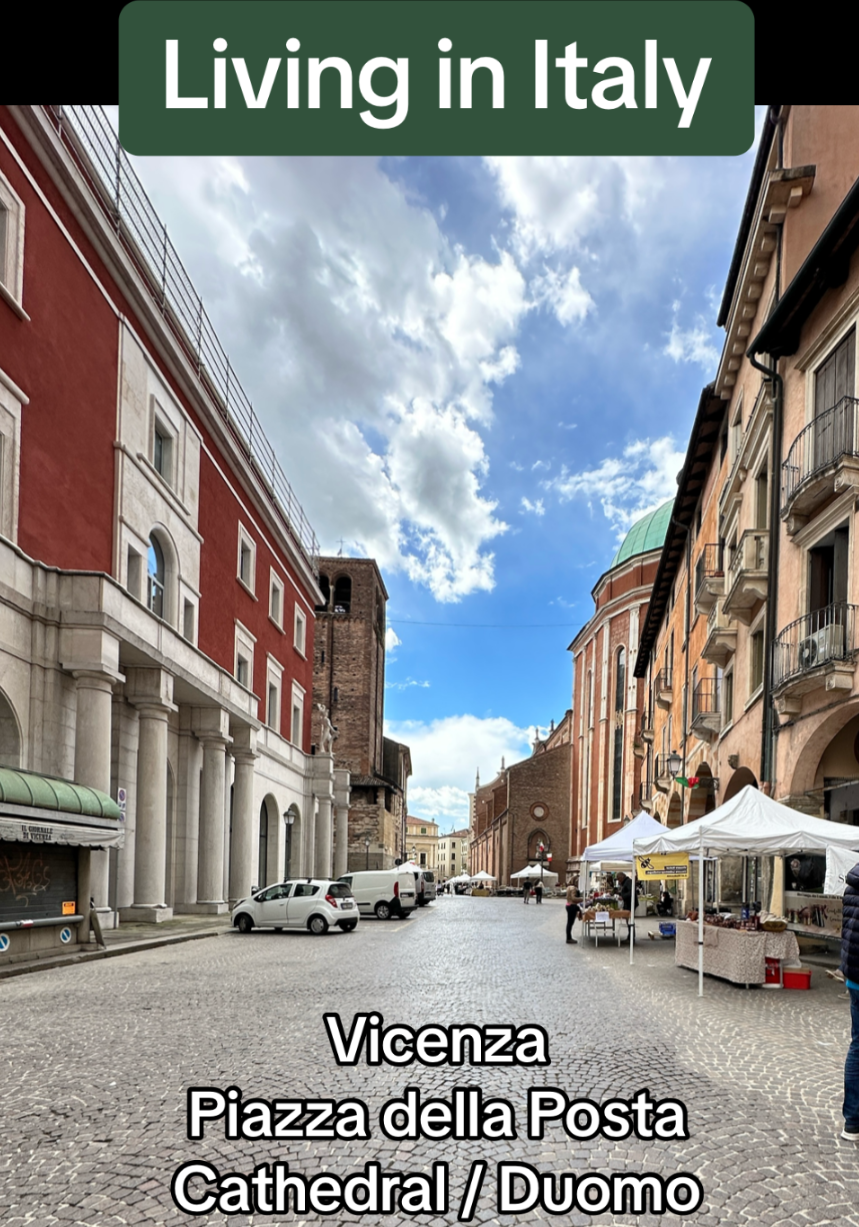




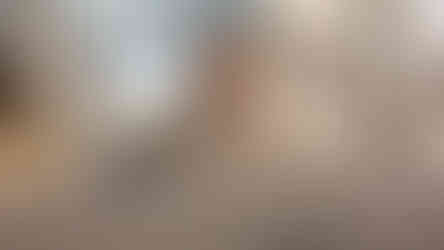

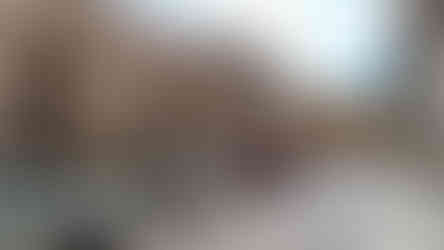


















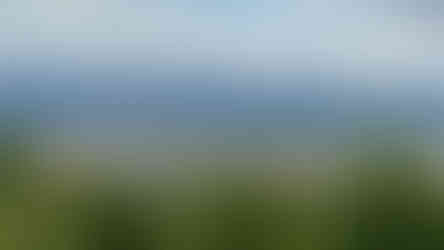

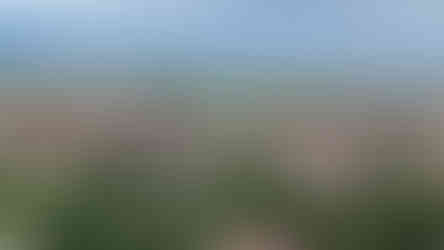









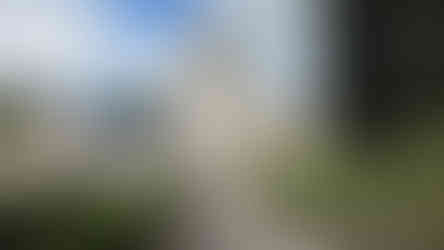


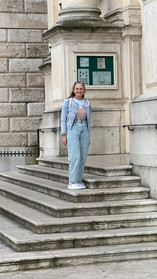




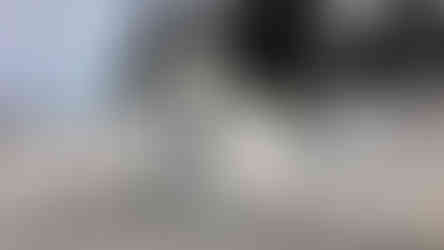





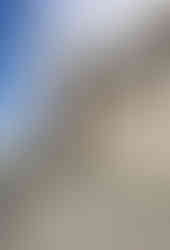



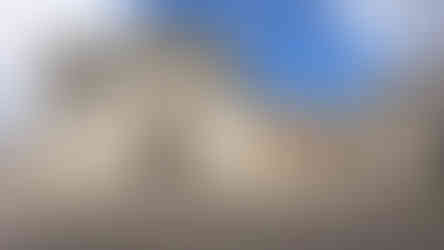





















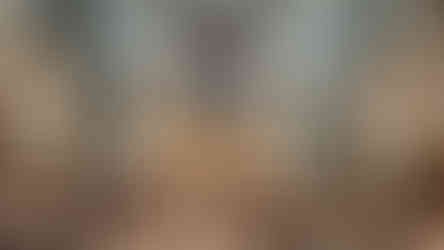




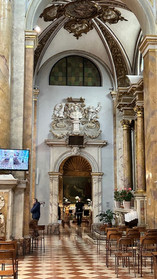


Comments